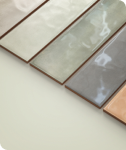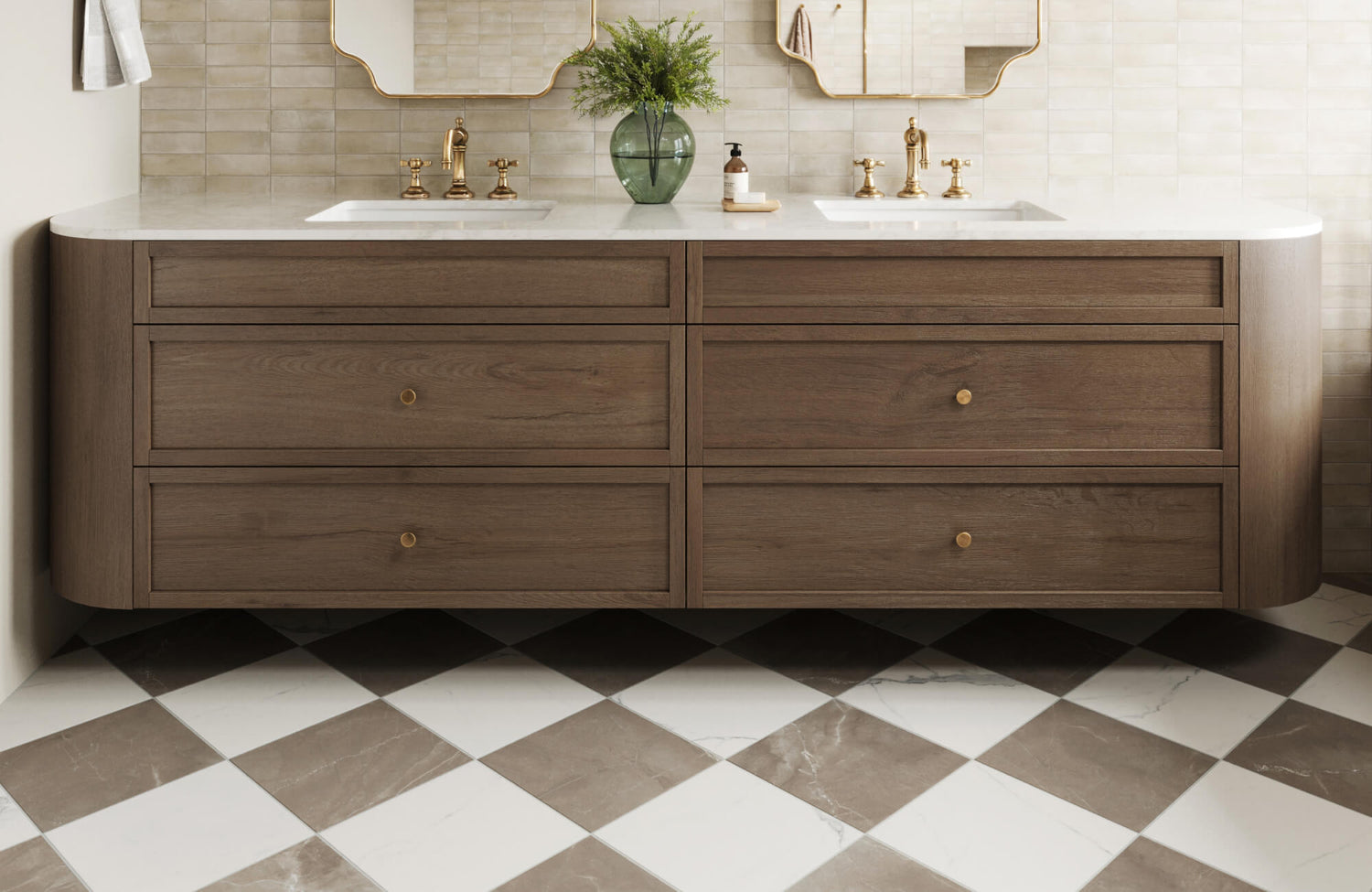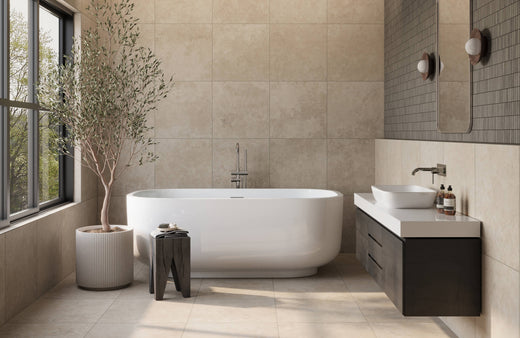The checkerboard floor, with its stark contrast and geometric simplicity, possesses an enduring allure that transcends time and trends. From ancient Roman mosaics to modern-day fashion, this iconic motif has consistently captured the imagination of artists and designers. While historically associated with classic settings like traditional kitchens and bathrooms, the checkerboard floor pattern is now experiencing a remarkable resurgence. This revival extends beyond its traditional confines, infiltrating living rooms, bedrooms, and even outdoor spaces. Designers and homeowners alike are rediscovering its versatility and timeless appeal, making the checkerboard floor a key element in contemporary interior design.

The Unexpected Rise of Checkerboard Beyond the Bathroom Floor
The checkerboard pattern, long a fixture in traditional kitchens and bathrooms, has reemerged as a favorite in modern interior design. This resurgence represents a departure from its conventional boundaries, captivating the imagination of contemporary designers seeking bold and versatile aesthetics. Understanding this trend requires exploring the historical journey of the checkerboard pattern and how it has been reimagined for today’s homes.
From Classic to Contemporary
The checkerboard pattern boasts a rich history, its origins tracing back to ancient civilizations. Roman mosaics frequently featured checkerboard motifs, reflecting an enduring fascination with this simple yet striking geometric arrangement. Over centuries, the checkerboard design became synonymous with classic interiors, particularly in functional spaces like kitchens and bathrooms. Its durability, ease of cleaning, and timeless aesthetic made it an ideal choice for these busy areas.
Today, however, the pattern has evolved beyond its traditional associations. By incorporating fresh materials, creative color palettes, and innovative applications, the checkerboard has transitioned seamlessly into contemporary design. This shift demonstrates its remarkable ability to adapt and thrive in diverse stylistic contexts.
Breaking Free from Stereotypes
Modern design enthusiasts have embraced the checkerboard motif with renewed vigor, breaking it free from its traditional role. No longer relegated to utilitarian spaces, the pattern now graces living rooms, bedrooms, and even outdoor patios. Designers are using checkerboard motifs as focal points, blending them into a variety of design styles.
For instance, a checkerboard accent wall in a living room adds drama and sophistication. Similarly, a checkerboard floor in a bedroom introduces playful energy while anchoring the decor. Outdoors, checkerboard tiles transform patios into chic entertainment areas. This versatility underscores the pattern's ability to transcend conventional expectations and offer creative opportunities for homeowners and designers alike.
Why We Love Checkerboard Pattern
The enduring popularity of the checkerboard pattern extends beyond its aesthetic appeal. Its profound psychological impact and functional advantages make it a design choice that resonates deeply with homeowners.
Visual Dynamics
One of the most captivating aspects of the checkerboard pattern is its inherent visual dynamism. The stark contrast between the two colors creates a powerful optical illusion, subtly altering our perception of space. For instance, a large-scale black-and-white checkerboard floor can visually expand a small room, while a smaller-scale pattern can make a spacious room feel more intimate. This interplay of light and shadow adds depth and intrigue, transforming the checkerboard into more than just a decorative element.
Elevating Mood
The juxtaposition of contrasting colors and the rhythmic repetition of squares imbues the checkerboard pattern with playful energy. This vibrancy has the power to uplift the mood of a space, making it feel lively and inviting. Whether it’s a bold red-and-white kitchen floor or a sunny yellow-and-white checkerboard wall in a child’s bedroom, this pattern evokes joy and dynamism, creating a cheerful ambiance.
Timeless Appeal
Unlike fleeting design trends, the checkerboard maintains a timeless quality that transcends fashion cycles. Its classic simplicity ensures that it never goes out of style. Whether incorporated into minimalist modern settings or traditional interiors, the checkerboard adapts gracefully. This enduring elegance makes it a valuable design investment for homeowners who want spaces that remain stylish and relevant over time.
Tips and Ideas to Style the Checkerboard Look
While the checkerboard pattern is striking on its own, incorporating it effectively into interior design requires thoughtful planning. Here are practical tips to ensure the checkerboard look enhances your space.
Monochrome
The classic black-and-white checkerboard exudes timeless elegance, making it a versatile choice for a range of design styles. In minimalist interiors, black-and-white floors contrast beautifully against neutral walls, creating a refined aesthetic. In mid-century modern spaces, this pattern revitalizes rooms by adding graphic interest. Even in eclectic settings, the monochrome checkerboard provides a grounding element, allowing other bold patterns and colors to shine.
Color
Experimenting with color opens up endless possibilities for the checkerboard trend. Bold combinations, such as red and white or blue and white, inject energy and personality into spaces. A serene blue and white combination can create a calming atmosphere in a bathroom or bedroom, while neutral options like the Leona 12x12 Checkerboard Matte Porcelain Tile in Calacatta and Amani Bronze from Edward Martin can offer a modern twist on the timeless pattern, as shown in the photo above. Its subtle blend of warm bronze and sophisticated Calacatta tones works beautifully in both traditional and contemporary settings, allowing you to elevate the checkerboard look with understated elegance.
Scale and Proportion
Selecting the right checkerboard size and scale is crucial for achieving a harmonious look. In small spaces, a large-scale pattern can create a sense of spaciousness, while a smaller-scale checkerboard can visually expand a room. Conversely, in large rooms, a larger-scale checkerboard can anchor the space and prevent it from feeling overwhelming. Ceiling height also plays a role; a low ceiling might be visually overwhelmed by a large-scale pattern, while a high ceiling can accommodate a more dramatic and expansive checkerboard design. Careful consideration of these factors ensures that the checkerboard pattern enhances the space rather than detracting from it.
Texture
Textured materials can elevate the checkerboard pattern by adding depth and sophistication, transforming it from simple two-dimensional geometry into a more dynamic design element. Marble, with its inherent veining and subtle color variations, exudes luxury and refinement. Similarly, the wood's grain and warm tones provide an organic and inviting aesthetic, perfect for creating a cozy checkerboard effect. Even within porcelain checkerboard tiles, variations in texture, such as glazed or matte finishes, can introduce subtle depth and visual interest. These textural variations add a layer of complexity to the pattern, making it more dynamic and visually engaging.
Furniture and Decor
The checkerboard floor serves as a striking focal point, so it's essential to choose furniture and decor that enhance rather than overpower the pattern. Opt for furniture with clean lines and neutral colors to maintain balance and allow the floor to shine. Soft-textured upholstery, such as velvet or linen, can offset the boldness of the checkerboard, creating a more inviting atmosphere. Abstract or geometric artwork complements the floor's graphic nature, while natural elements like plants introduce an organic softness. Achieving a cohesive and inviting aesthetic requires harmonizing the vibrant checkerboard design with thoughtfully selected surrounding elements.

Material Evolution
The resurgence of the checkerboard pattern has been accompanied by innovations in materials, allowing for creative interpretations. While porcelain checkerboard tiles remain popular, modern alternatives such as marble, wood, and textiles have expanded the possibilities.
Marble
Luxurious and refined, marble checkerboards elevate spaces with their natural veining and high-end appeal. However, marble is porous and requires regular maintenance to prevent staining and damage, particularly in busy areas. Its higher cost and sensitivity to acidic substances can also make it less practical for some households
Wood
Richly hued hardwood floors, inlaid with contrasting species, provide a warm, inviting alternative. Wood checkerboard floors are prized for their organic charm and ability to add coziness to any space. However, they are susceptible to scratches, moisture damage, and warping over time, making them less ideal for areas prone to spills or heavy use.
Textiles
Rugs and carpets with checkerboard motifs offer a flexible way to introduce the pattern, adding softness and texture to rooms. While they are an excellent option for renters or those seeking non-permanent solutions, textiles are harder to clean and can trap dust and allergens, which may not suit all households. Their limited durability in frequently used areas can also be a drawback.
This material diversity allows designers to incorporate the checkerboard look into any style, from minimalist to rustic. However, carefully evaluating the pros and cons of each material ensures a choice that aligns with both aesthetic and practical considerations.

DIY Checkerboard Designs and Affordable Ideas
For budget-conscious homeowners, achieving the checkerboard look is possible through creative, cost-effective solutions.
Creative DIY Floor Transformations
Painting existing floors with a checkerboard design can be a surprisingly rewarding project. Utilizing stencils or painter's tape allows for precise application of the pattern, resulting in a professional-looking finish. This method provides an opportunity for customization, allowing homeowners to experiment with different color combinations and create a unique and personal touch. However, this DIY approach can be highly time-consuming, requiring meticulous preparation and patience to ensure accuracy. Also, achieving a durable finish often involves multiple layers of paint and protective sealant, which may not hold up as well as professional-grade materials over time, particularly in busy areas. Despite these challenges, the DIY approach remains an affordable and creative way to embrace the trend.
Rugs and Area Carpets
Checkerboard rugs provide an easy and non-permanent way to incorporate the pattern. A vibrant checkerboard rug can instantly transform a living room, adding a playful touch to a neutral color palette. Placed strategically beneath a dining table or coffee table, a checkerboard rug can define a distinct seating area within an open-plan space. The versatility of rugs allows for easy experimentation and reconfiguration, enabling homeowners to easily change the look and feel of a room without the expense and permanence of a full floor installation.
Vinyl and Peel-and-Stick Tiles
Vinyl flooring and peel-and-stick tiles are affordable and convenient options for achieving the checkerboard look without the permanence or cost of traditional tiles. These materials provide a stylish and budget-friendly solution, making the trend accessible to a wider audience. However, vinyl flooring can be prone to scratches and may emit VOCs that affect indoor air quality. Similarly, peel-and-stick tiles may struggle to adhere in humid environments and tend to be less durable over time.

The Evolution and Future of Checkerboard Style
The checkerboard pattern's versatility and adaptability position it as more than a fleeting trend. Its potential for innovation ensures its place in interior design’s future.
Evolving Interpretations
While the traditional two-dimensional checkerboard remains a classic, the future holds exciting possibilities for innovative interpretations. 3D checkerboard effects, achieved through the use of dimensional tiles or clever layering techniques, can introduce a new level of visual depth and dynamism. The integration of technology, such as LED lighting embedded within the checkerboard pattern, can create mesmerizing and interactive floor displays. Furthermore, the exploration of unexpected materials, such as metallic finishes or semi-precious stones, can yield stunning and unique checkerboard creations.
Sustainability and Innovation
The future of the checkerboard trend lies not only in aesthetic innovation but also in sustainable practices. The use of recycled materials, such as reclaimed wood or recycled glass, can minimize the environmental impact of checkerboard floor installations. Exploring alternative production methods, such as 3D printing or innovative manufacturing techniques, can reduce energy consumption and minimize waste. Embracing sustainable practices will ensure that the checkerboard pattern remains a stylish and responsible choice for discerning homeowners and environmentally conscious designers.
The Timeless Allure of Checkerboard Floors in Modern Design
Once confined to traditional spaces, the checkerboard floor pattern has proven its timelessness by adapting to modern design trends. From its historical roots to its contemporary reinvention, the checkerboard floor remains a symbol of elegance and playfulness. Its ability to adapt to various design styles, evoke powerful psychological responses, and inspire creative interpretations ensures that this iconic motif will continue to grace our homes and public spaces for generations. Far from being just a trend, the checkerboard floor is a design classic that offers endless possibilities for creative expression and personal style.









